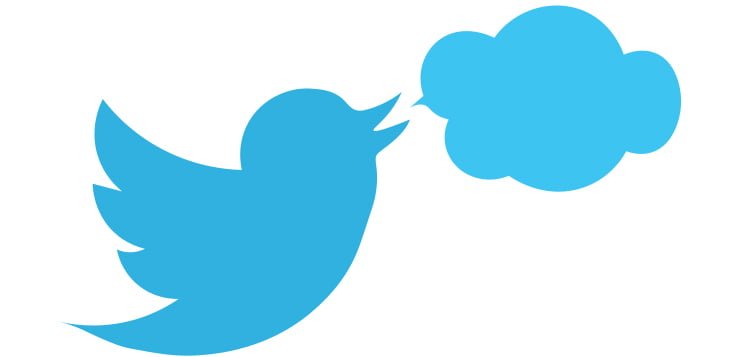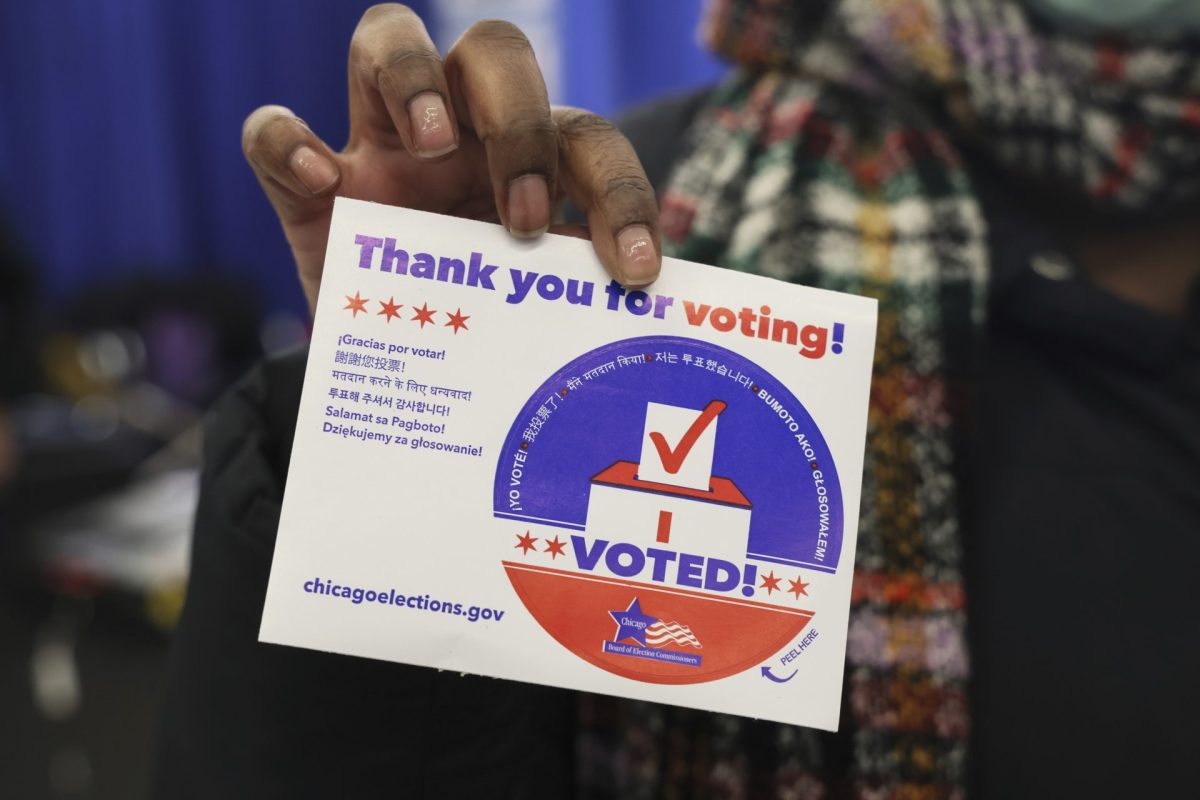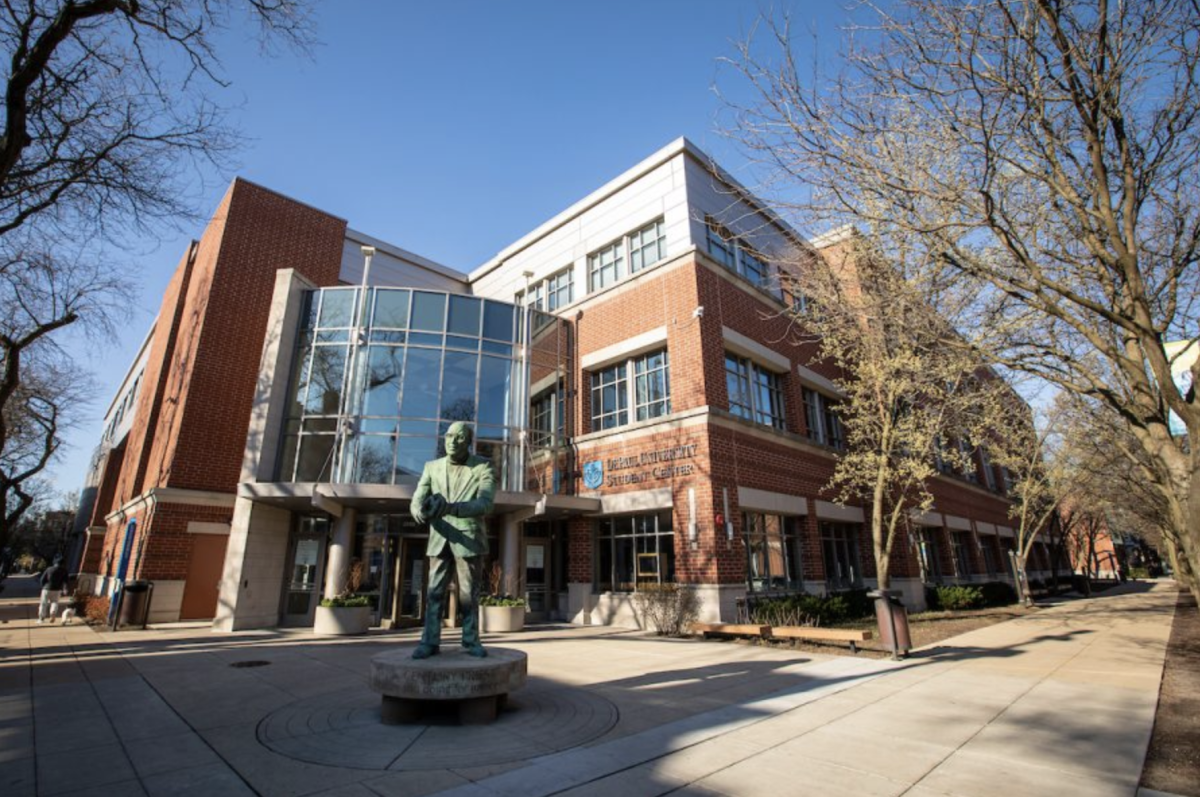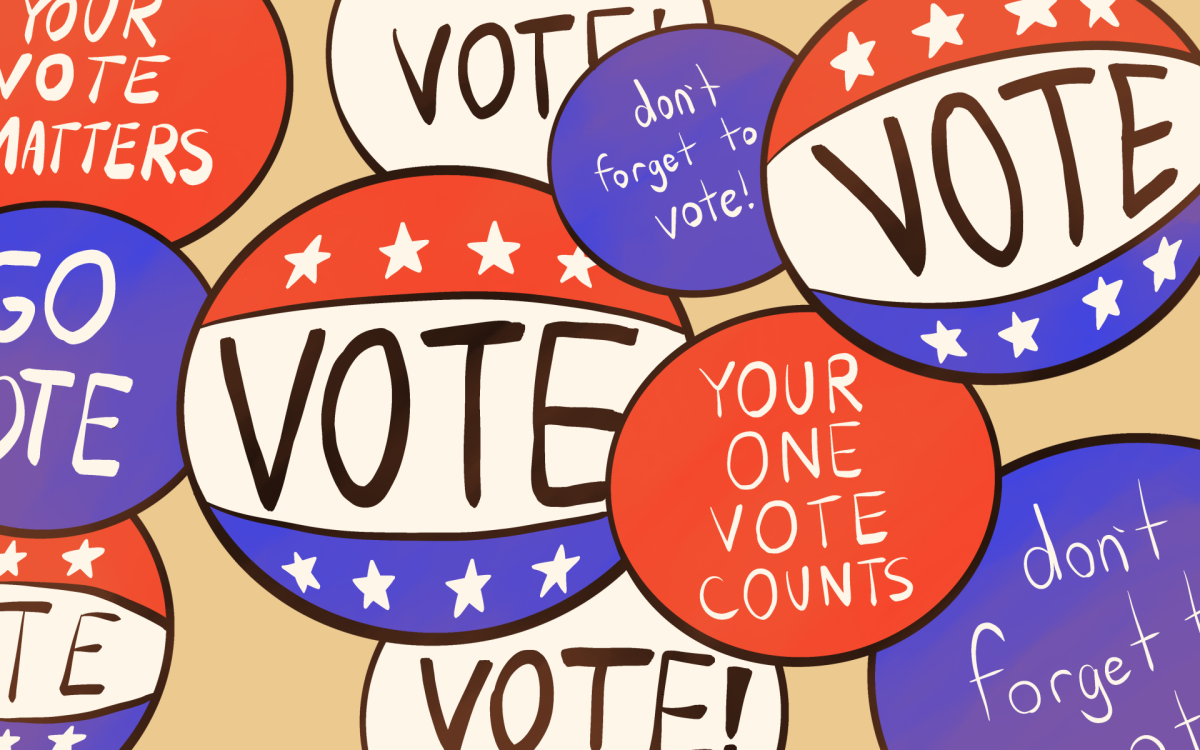A former editor for the San Jose Mercury News fears for the future of journalism in a Twitter-dominated media industry.
“Good journalism is a fundamental aspect of democracy,” Larry Slonaker, now a Stanford University communications professor, said. “As it is adapting to Twitter and other social media, the news is getting spread thinner and thinner.”
According to online measurement firm ComScore, Twitter has grown by a phenomenal 1,105 percent in number of users in the past 10 years. Unlike other social media outlets, however, Twitter users are far less likely to be “followed back” by the Twitter accounts they follow. A 2009 report by Haewoon Kwak of the Korea Advanced Institute of Science and Technology’s Department of Computer Science found that 67.6 percent of total Twitter users are not followed back by any of their followings (Twitter accounts they follow), suggesting Twitter is a news outlet rather than a social media network.
The report found that 67.6 percent of total Twitter users are not followed back by any of their followers.
So if Twitter is not being used as a social networking platform, what is it being used for?
“I’d say a solid 50 percent of my news consumption comes through Twitter, especially in regards to breaking news,” DePaul journalism student Emma Krupp said. “A lot of the time Twitter is faster in announcing big events than AP or New York Times news alerts on my phone.”
Lisa Balde, digital director for NBC 5 Chicago, said much of the traffic on their website is through posts on social media.
“We get a significant amount of traffic from social media,” Balde said. “News is embedded in social media. The news percolates.”
More than six in 10 American adults get their news from social media, a February 2016 Pew Research Center study shows.
Facebook led the way with 66 percent of its users getting news from the site, while Twitter came second with 59 percent getting news on the site, the study shows.
While Facebook had the higher total percentage, Twitter actually had a much higher percentage of people who visited the site actively seeking news as opposed to those who just stumbled upon it (54 percent to Facebook’s 38 percent).
The Kwak report argues that Twitter is used as a news outlet for two reasons: motivation and reach.
Kwak’s study suggested that because Twitter users can choose their favorite sources to follow, they are more inclined to read and interact with those tweets. With the power of re-tweeting, a news story can explode. Take for example the figure below from Kwak’s report showing the retweet trees of a particular 2009 news story of an Air France plane crash.
Kwak describes this Twitter Effect as the rapid spread of information like branches on a tree.
Kwak’s study found that any given retweet will reach an average of 1,000 people, no matter what the original followers were of the original poster.
Balde said she believes Twitter’s effectiveness stems from its coverage of headlines and stories that people love to share. She offered the Chicago Cubs winning the 2016 World Series as an example.
“It was a very social story. People wanted to share success,” she said.
“I try to live tweet during every event I deem important, so like debates, election nights, certain awards shows,” says Krupp. “I even tweeted during the World Series, and I’m not a sports person whatsoever. If you get an idea at the right moment and use the right hashtag, it can take off like crazy.”
The hashtag is a very important tool because it makes topics easy to find.
“It changes the timeliness and immediacy for us,” says Balde. “As a news source, our priority is always to be first and accurate.”
Balde said NBC 5 uses three main social media sites: Facebook, Instagram, and Twitter. She says she uses Twitter mainly as a promotional device for the network’s stories.
Bruce Evensen, the director of DePaul University’s graduate program in journalism, says that most news organizations can take social media a step further. He says while most news outlets use social media just to show advertisers how much traffic they are getting, social media has a higher potential that has yet to be tapped.
“The ability to bring social media content to your site and to drill down into its ability to offer context and meaning on stories is a real value that can be brought to reporting,” he says. “We don’t see enough of that yet.”
Slonaker said there is a sizeable majority of people, particularly millennials, which are perfectly satisfied with reading just the headlines.
“Good journalism is complicated,” he says, “Twitter, while effectively offering a gateway to the news, also deprives good journalism of important details, of its nuances.”
Evensen said the erosion of traditional news outlets as “agenda setters” is a positive development.
“The collapse of the legacy news industries (ABC, CBS, NBC, New York Times, Washington Post) as agenda setters (telling other news media what the news of the day is) has eroded,” Evensen said. That’s a good thing. Ben Franklin would approve. The downside is: we not only disagree on how to interpret the news, many of us disagree on what the news is.”
With the ability to choose one’s own news sources, does unbiased journalism get lost in the shuffle?
Doug Klain, news director for Radio DePaul, said partisan bias is a significant issue for journalism in the age of social media news.
“In addition to the need to get people to consume your media, journalists have become increasingly partisan and opinionated in their information, and you can see how it’s reflected by the people who consume it,” Klain said. “People also now not only choose what media they consume and what echo chamber they want to hear, but they’re choosing their own facts.”
Slonaker said Twitter users’ tendency to gloss over the headlines of the day is also a troubling pattern.
“People may be getting the basics of what is happening in the world, but they are missing out on the important details that traditional, hard journalism offers,” he said.
Krupp said online journalism also facilitates the spreading of fake news.
“It can get dangerous when people use Twitter in that way without any sort of editing or fact-checking, like a sort of citizen journalism,” Krupp said. “There’s a huge possibility for misinformation to spread rapidly to a very, very large audience.”
“That being said, I think it’s a nice way for people to curate their favorite news sources and see a neat little timeline of stories from those outlets,” she says. “I know that I personally feel like a more thorough news consumer and producer since I’ve started to be more active on Twitter.”
“Twitter does have a great potential for news,” says Slonaker. “Although in my opinion we still need traditional news outlets to serve as the authoritative sources for people who wish to dive deeper into the issues.”
Despite the drawbacks of social media as a source for news, Evensen said its impact is overall an improvement for the industry.
“Social media has already had an enormous effect on journalism,” Evensen said. “Citizens now expect social media to be a primary source of information for breaking stories. Social media has brought us much closer to events in real time and have had the effect of giving us greater understanding of the lived experiences of others.”














